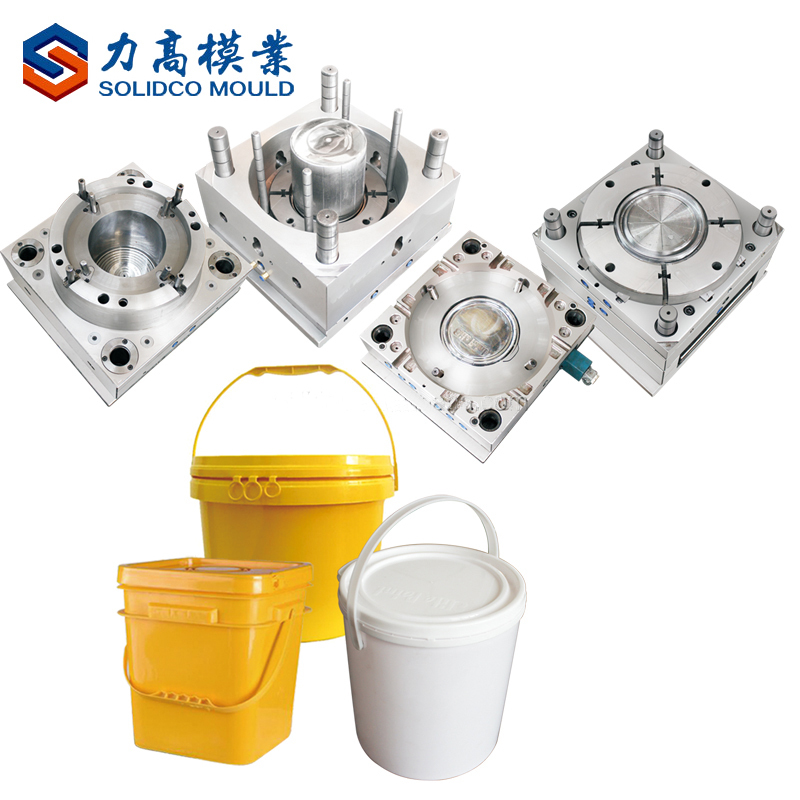
Solutions to bubbles appearing during injection molding
Causes and solutions of bubbles
When the wall thickness of the product is large, the outer surface cools faster than the central part. Therefore, as the cooling proceeds, the plastic resin in the central part shrinks and expands toward the surface, causing insufficient filling of the central part. This condition is called a vacuum bubble
1. Vacuum bubble
Solution
- According to the wall thickness, determine the reasonable gate and runner size. Generally, the gate height should be 50% to 60% of the wall thickness of the product.
- Until the gate is sealed, a certain amount of additional injection material remains.
- The injection time should be slightly longer than the gate sealing time.
- Reduce the injection speed and increase the injection pressure.
- Use materials with high melt viscosity grades.
2. Bubbles caused by the generation of volatile gases
Solution
- Pre-dry thoroughly.
- Reduce resin temperature to avoid decomposition gases.
3. Bubbles caused by poor fluidity
Solution
This can be solved by increasing the temperature of the resin and mold and increasing the injection speed.
Causes and troubleshooting methods of main channel sticking to the mold during injection molding
- The cooling time is too short and the sprue has not yet solidified.
- If the main channel slope is not enough, the demoulding slope should be increased.
- The improper matching size of the main flow bushing and the nozzle causes leakage.
- The main channel is rough, there is no cooling well in the main channel, and there is no material hook.
- The nozzle temperature is too low, the temperature should be increased.
Analysis of the causes of slow production during injection molding
- The plastic temperature and mold temperature are high, resulting in long cooling time.
- If the melting time is long, the back pressure should be reduced, less recycled materials should be used to prevent overhead, and the cooling of the feeding section should be sufficient.
- The movement of the machine is slow, and the oil circuit and circuit can be adjusted to speed it up appropriately.
- The mold should be designed to facilitate demoulding, and should be designed for fully automatic operation as much as possible.
- The wall thickness is too large, causing the cooling time to be too long.
- The nozzle is drooling, hindering normal production. A self-locking nozzle should be used or the nozzle temperature should be lowered.
- If the heat supply of the barrel is insufficient, a machine with a large plasticizing capacity should be used or the material should be preheated.
Analysis of the causes of dissatisfaction with injection molded products
The main reasons for dissatisfaction with injection molded products are lack of material and improper injection pressure and speed (including excessive pressure loss caused by resistance)
It may be caused by the following reasons
Injection molding machine reasons
The plasticizing amount or heating rate of the machine is variable, so a machine with large plasticizing amount and heating power should be selected.
The wear of the screw and barrel or the rubber head causes material return and the actual mold filling amount is not correct; the failure of the heating system such as the thermocouple or heating ring causes the actual temperature of the barrel to be too low.
The sealing element of the injection cylinder wears and causes oil leakage or Backflow and the required injection pressure cannot be achieved; the inner hole of the nozzle is too small or the center of the nozzle is improperly adjusted, resulting in excessive resistance and pressure consumption.
Injection mold reasons
- If the temperature of part or the whole of the mold is too low, it will be difficult to feed the material. The mold temperature should be increased appropriately.
- The distribution of the mold cavity is unbalanced, and the wall thickness of the part is too thin, resulting in excessive pressure consumption and ineffective mold filling. The wall thickness of the entire part or part of the part should be increased, or an auxiliary flow or gate can be set up near the insufficient filling area to solve the problem.
- If the flow channel of the mold is too small, it will cause pressure loss; if it is too large, it will cause inability to inject glue; if it is too rough, it will cause dissatisfaction with the part. The size of the runner should be appropriately set, and appropriate arc transitions should be used at the transition between the main channel and the branch channel, the gate or the turning itself.
- The mold is poorly vented. The material entering the cavity is blocked by the gas pressure that has no time to be discharged, resulting in insufficient filling. You can make full use of the gap in the screw to exhaust air or reduce the clamping force and use the parting surface to exhaust air. If necessary, open an exhaust channel or air hole.
Contact Person: Alex Chu
WhatsApp/ WeChat: 0086 18968677763
Email: sc10@solidcomould.com
Website: www.solidcomould.com